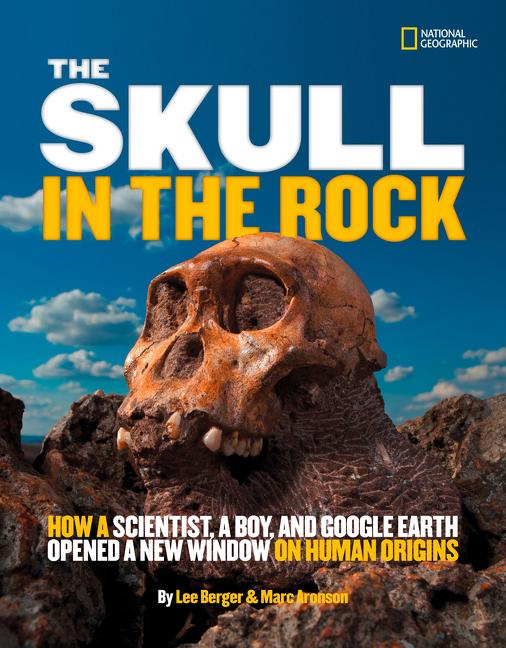Book Description
for The Skull in the Rock by Lee Berger and Marc Aronson
From Cooperative Children's Book Center (CCBC)
The discovery of the first bone of what would eventually be called Australopithecus sediba, a previously unknown branch of human ancestry, was made by the nine-year-old son of anthropologist Lee Berger at the Cradle of Humankind in South Africa in 2008. This account opens with that momentous discovery, which has demanded that scientists reevaluate what they thought they understood about human origins. It then backtracks, describing Berger’s journey to becoming a scientist, which began with his passion for nature and science in childhood. Berger’s continued work has led to the discovery and study of more Australopithecus sediba bones. Meticulous research in the field and in the lab is one part of the process, but so, too, is creative thinking as he and others theorize about the lives the bones represent. Numerous color photographs accompany a text that captures Berger’s enthusiasm, and concludes by acknowledging how much more there is to learn. Indeed, future discoveries may contradict current conclusions. Suggestions for further reading and a glossary are provided along with a website where readers can track new developments in the study of Australopithecus sediba. (Age 9 and older)
CCBC Choices 2013. © Cooperative Children's Book Center, Univ. of Wisconsin - Madison, 2013. Used with permission.


